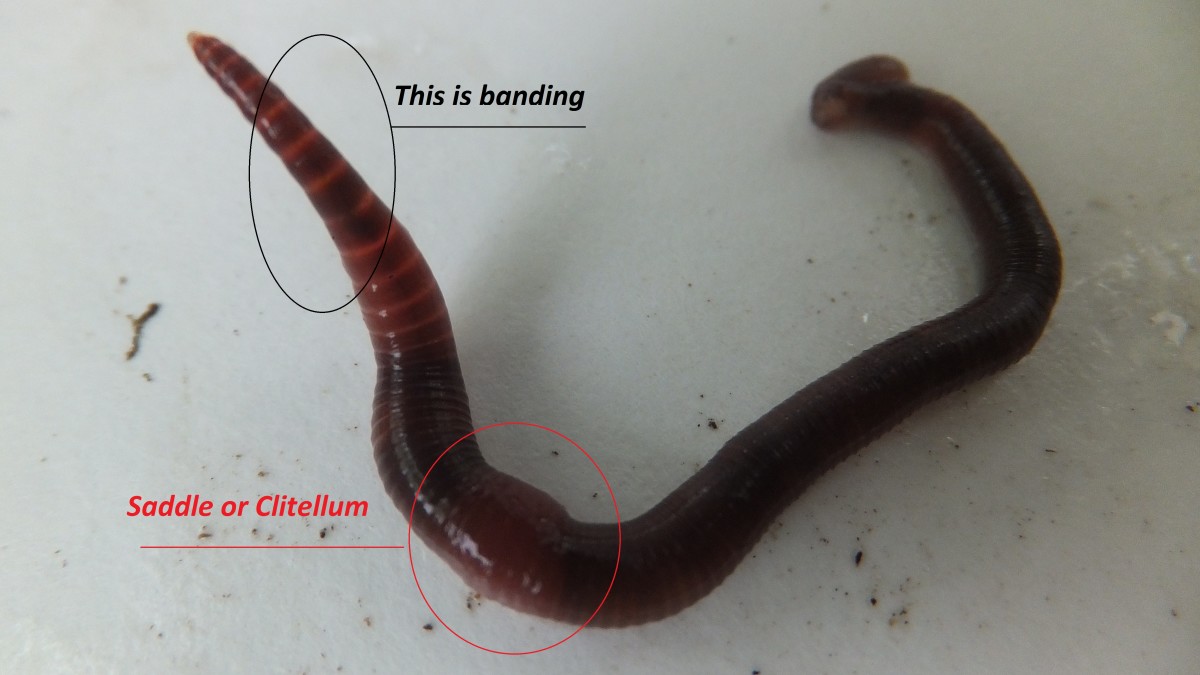Discover How Lake Hickory Bait Can Improve Your Lawn’s Growth and Vitality
Discover How Lake Hickory Bait Can Improve Your Lawn’s Growth and Vitality
Blog Article
Red Wigglers: The Unsung Heroes of Organic Waste Recycling
Red wigglers, or Eisenia fetida, work as essential agents in the organic waste reusing procedure, transforming thrown out products right into valuable vermicompost. Their reliable malfunction of raw material not only boosts soil quality however likewise contributes to sustainable waste administration techniques. As the globe increasingly seeks options to deal with waste accumulation and improve agricultural performance, recognizing the duty of these worms comes to be important. What devices permit them to flourish in compost atmospheres, and exactly how can they be successfully used in both domestic and commercial settings? Checking out these inquiries discloses the wider implications of vermicomposting in our environmental landscape.
What Are Red Wigglers?
The impressive strength of red wigglers, scientifically called Eisenia fetida, emphasizes their critical function in organic waste recycling. These small, reddish-brown earthworms are generally located in disintegrating organic matter, such as compost heap and manure loads. Lake Hickory Bait. Unlike various other earthworm varieties, red wigglers thrive in nutrient-rich atmospheres and are highly effective at damaging down natural materials, making them essential for vermicomposting

(Red Wiggler Express)In addition to their function in waste reduction, red wigglers add to dirt wellness by enhancing dirt structure and oygenation via their burrowing tasks (Lake Hickory Bait). Their existence in composting systems not just improves decay rates however additionally promotes a lasting technique to throw away administration, showing their relevance in eco-friendly preservation initiatives
Advantages of Composting With Worms
Composting with worms, specifically red wigglers, supplies countless advantages that boost both waste administration and soil health and wellness. Initially, these worms effectively damage down natural waste, converting it into nutrient-rich vermicompost that enriches dirt. This procedure speeds up decomposition, permitting a much faster recycling of kitchen scraps and various other organic materials contrasted to standard composting methods.
In addition, the vermicompost created by red wigglers is bristling with useful microbes, which help enhance dirt framework, oygenation, and moisture retention. This enhances the total wellness of plants, advertising strenuous growth and boosted yields in gardens and agricultural settings. In addition, making use of worms in composting reduces the manufacturing of greenhouse gases, such as methane, contributing to a much more lasting waste administration system.

Exactly How to Beginning Vermicomposting
Developing a vermicomposting system is a simple procedure that can produce substantial advantages for both waste administration and soil enrichment. To start, choose an ideal container, such as a plastic container or wood box, with appropriate air flow holes to make sure proper air flow. The dimensions need to ideally be about 2 feet by 3 feet, allowing adequate area for the worms to grow.
Following, prepare bedding product, which can be composed of shredded newspaper, cardboard, or coconut coir. This bed linens needs to be moistened to create a suitable environment for the worms. When the bedding is in place, present red wigglers (Eisenia fetida) right into the bin, commonly around one extra pound of worms for each square foot of area.
Following the positioning of worms, add natural waste, such as vegetables and fruit scraps, coffee premises, and crushed eggshells. Prevent including dairy, meat, or oils, as these can create odors and attract parasites. Place the bin in a shaded, temperature-controlled location to preserve ideal conditions for worm activity. With these actions, you will effectively initiate a vermicomposting system that contributes to lasting waste management and improves your dirt.
Keeping a Healthy Worm Container
(Red Wiggler Express)Keeping a worm bin flourishing needs routine focus and treatment to ensure the wellness of the red wigglers and the performance of the composting process. Appropriate upkeep begins with keeping an eye on the wetness degrees; the container must be wet but not soaked. A good rule of thumb is to preserve a consistency comparable to a wrung-out sponge.
Delicately mixing the bed linens and food scraps every few weeks prevents compaction and makes certain that all worms have access to oxygen. In addition, it is important to feed the worms appropriately.
If the bin comes to be also warm or cold, the worms may come to be worried. By diligently taking care of these elements, one can keep a durable and productive worm bin.
Influence On Lasting Living
The successful upkeep of a worm bin not just profits the health and wellness of red wigglers yet additionally contributes dramatically to lasting living techniques. By recycling natural waste, such as kitchen area scraps and lawn debris, Visit Website red wigglers help draw away considerable amounts of product from garbage dumps. This decrease in waste not just lowers greenhouse gas emissions however additionally minimizes the environmental problem related to waste monitoring.
Additionally, the castings created by red wigglers work as a nutrient-rich organic plant food, improving soil health and wellness and promoting plant growth. This natural choice to chemical plant foods sustains lasting agriculture and gardening practices, reducing reliance on artificial inputs that can harm environments. Additionally, worm composting fosters awareness of waste management, urging people and neighborhoods to embrace more sustainable behaviors.

Conclusion
In recap, red wigglers serve as essential factors to natural waste reusing via their reliable decay of organic products. By integrating vermicomposting right into waste administration approaches, people and areas can dramatically lower waste while promoting ecological sustainability.
Report this page